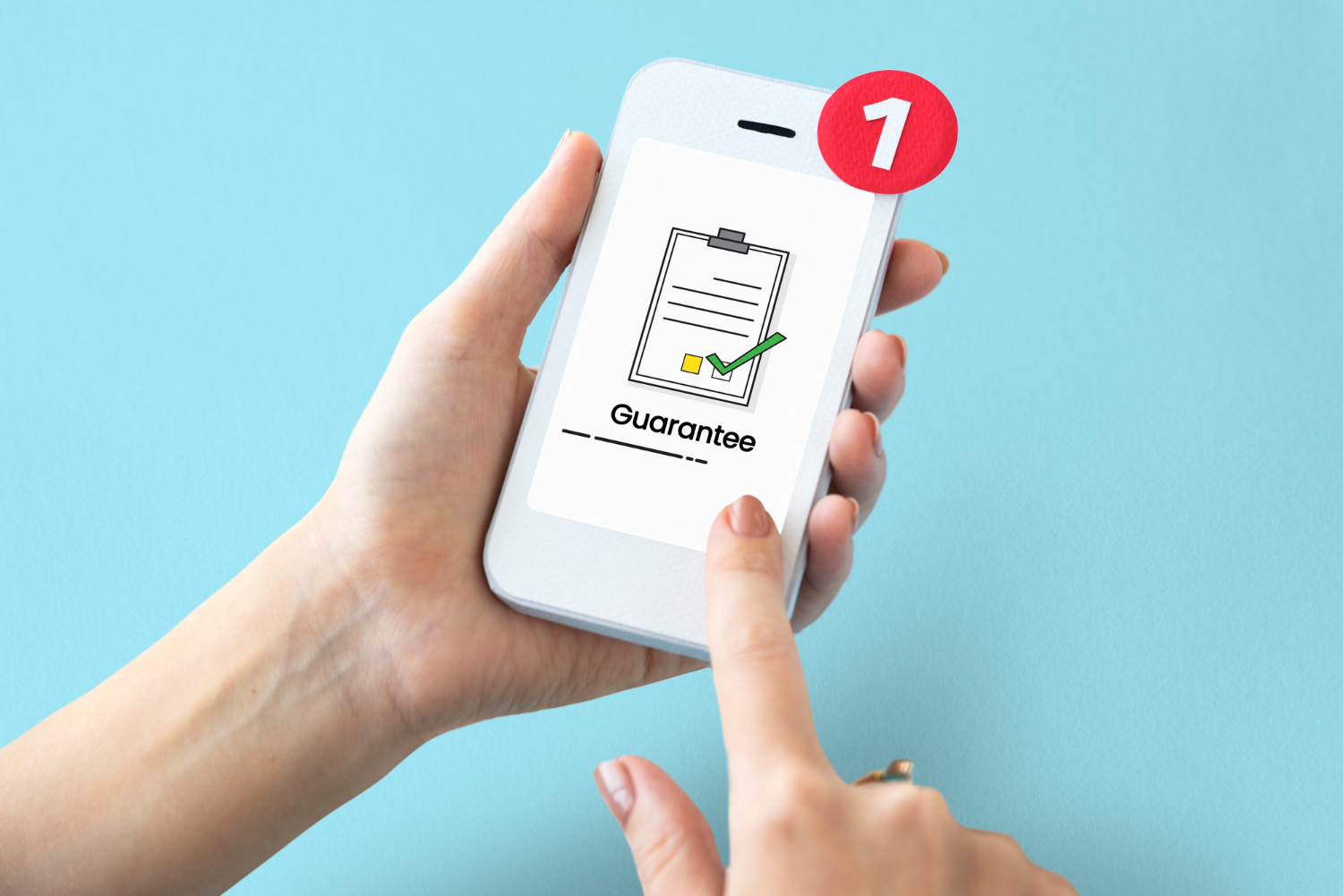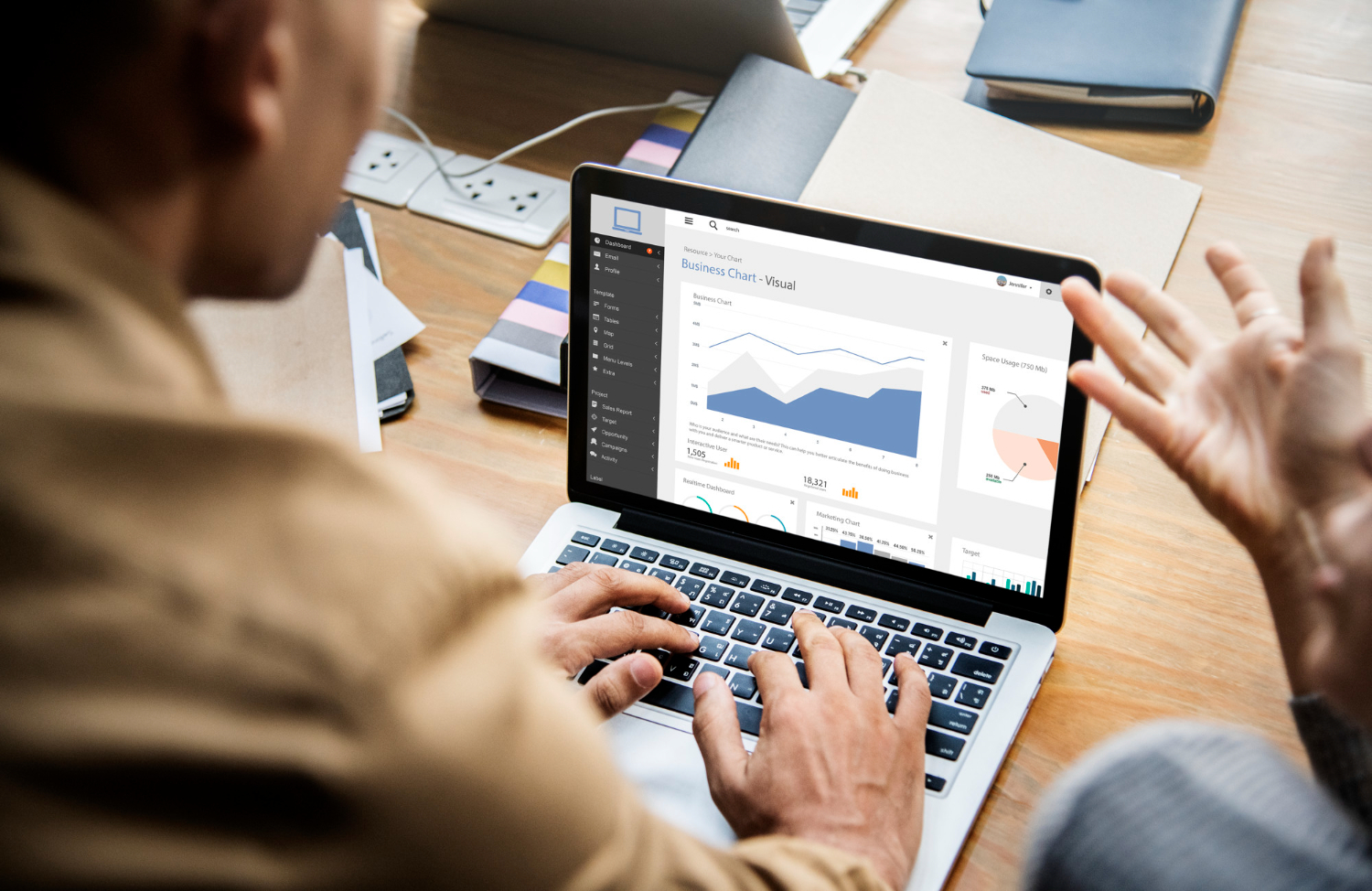
In the dynamic world of mobile applications, achieving success can be both thrilling and challenging for app developers and marketers.
In order to succeed in this cutthroat market, companies and developers need to leverage data-driven tactics.
We’ll look at how data analysis is essential to attaining long-term app growth in this post. So buckle up, because we’re about to explore the mysteries of data-driven app growth.
Envision yourself participating in a treasure hunt, looking for a secret gold chest. In the realm of app growth, your map is similar to data in that it directs you to your target. Apps are the gems and data is the map in this era of digital solutions and smartphones.
What sets successful treasure seekers apart from the rest, though, is their ability to read and interpret maps accurately.
KPIs stand for “Key Performance Indicators.”
Picking the right measures, also called KPIs (Key Performance Indicators), and keeping an eye on them is the first and most important thing you need to do to start experiencing data-driven app growth.
You can use these KPIs as a map to help you reach your goals. Some of these are conversion rates, in-app involvement, retention rates, and rates of getting new users.
But the important thing is to focus on the measures that really matter for how well your app works instead of keeping an eye on every indicator that’s out there.
One important KPI could be the rate at which users record their meals and stick to their diets if your app is about nutrition and planning meals. On the other hand, a meditation app can focus on data about the length of daily meditation sessions and meditation runs to figure out how happy and dedicated its users are.
Key Performance Indicators (KPIs)
When venturing into the realm of data-driven app growth, the first and foremost step is to identify and track the right metrics – the Key Performance Indicators or KPIs.
These KPIs act as your compass, guiding you towards your goals. They can include user acquisition rates, retention rates, in-app engagement, and conversion rates.
But it’s not about tracking every metric under the sun; it’s about focusing on the ones that truly matter to your app’s success.
For instance, if your app focuses on meal planning and nutrition, the user engagement rate with meal logging and dietary tracking might be a critical KPI. On the other hand, a meditation app could prioritize metrics related to daily meditation session duration and meditation streaks to gauge user satisfaction and commitment.
Analysis of User Behavior
The key to improving the functionality of your app is knowing how users behave. Consider it as listening to your clients’ opinions without their speaking. Within your app, each click, swipe, and contact tells a tale. Examining this data offers priceless insights into the aspects of your software that users find most enjoyable as well as potential trouble spots.
For example, if users consistently stop using your language learning app after a short while, this may indicate that you need to improve your progress monitoring or create more engaging, customized lesson plans. You can improve the user experience and eventually raise user retention rates by taking care of this issue.
Iterative Design
Iterative development is the next stage after gathering and analyzing user data. This method entails leveraging data feedback loops to make ongoing app improvements. It requires constant improvement, much like creating a beautiful work of art.
You make adjustments with every iteration in response to user input and data-driven insights. This guarantees that your app will adapt to your audience’s ever-changing demands and expectations, in addition to keeping it current.
Optimization and A/B Testing
A/B testing is a potent method that uses data to test and improve the user experience. It basically entails developing two or more iterations of a feature or design piece and comparing their performance with actual users to determine which works best.
To find out whether altering a call-to-action (CTA) button’s color enhances click-through rates (CTR), for instance, you may do A/B testing. You may refine your app to perfection, test after test, by using data-driven judgments instead of conjecture.
For example, you can use A/B testing to determine whether changing the color of a call-to-action (CTA) button increases click-through rates (CTR). By relying on data-driven decisions rather than guesswork, you can fine-tune your app to perfection, one test at a time.
Forecasting Analytics for Expanding Enterprises
It is similar to peering into the future to anticipate user behavior and modify strategy based on predictive models. Using past data, predictive analytics aims to forecast future user behavior with confidence.
For example, you may utilize historical weather data to forecast future weather trends if your app is a weather forecasting tool. Similar to this, you may utilize predictive analytics in the app industry to anticipate user tendencies like peak activity and likelihood of sales.
In summary
Data is the most reliable ally on the thrilling app growth trip. It gives you direction and gives you the ability to make wise judgments. You may lead your app to unmatched success by choosing the appropriate KPIs, examining user behavior, adopting iterative development, running A/B testing, and utilizing predictive analytics.
Keep in mind that, in an app-filled world, the applications that make the most of data are the ones that stand out.


